Anthony's Scales Book { Part II }
So, this portion of the notation for the tonal theory book is dedicated to the 8, 9, 10 and 11-tone scales and most of their respective modes. This includes a breakdown of typical scale permutations, tonal-depth analysis and composition techniques revolving around the geometry of the figures, as well, a slightly deeper analysis of tone legs as an integrated system.
This concludes the transition from the typical scalar expressions (such as the pentatonic, diatonic, etc.) and resolves to the next installment, which will be mainly focused on the various expressions or rather, cadences of the electron and the integration of harmonic dynamics into the electrostatic purview.
If you haven't read the first installment, I would backtrack there first. Otherwise, enjoy!
[**To be updated **]
Tone Depth Inquiry
This is asking about the density of the tone leg specifically. That is, if you added more legs of the same interval, how can this be notated, what are some different ways to visualize this concept?
Tonal Velocity and a potential suggestion for
n-microtonal notation, 'n' is the TET subdivision
(i.e 12TET, 19TET, 81TET, etc. ).
Once further developed, I think that there can be some serious application for microtonal music.
+ Tone Cube and the unit chart of Tonal Orbitals
+ Flashes of Insight; Pleiadean.
+ Flashes of Insight; Pleiadean.
Ionian b5
anti scale formation -
(1) 2 3 #4 #5 #6 ,
modal invariant formation -
( ) 2 3 #4 #5 #6
end:edit ]
end:edit ]
Love & Harmony/m^ 3
Flashes of Insight; Pleiadean. (cont.)

+ Double Harmonic Major mode 1
+ Bebop Major mode 6
+ Bebop Major mode 3
+ Bebop Major mode 2
+ Bebop Locrian Natural mode 1
Td, or Td(n) - Tonal depth
Td, or Td(n) - Tonal depth
A more detailed mapping of a harmonic cubic and some of its constituent nodal properties whilst acknowledging the thermodynamic properties of the surface planes and the volume of vacuum free space or volumetric symmetries and densities.
Thanks,
Stay hydrated.
Stay hydrated.




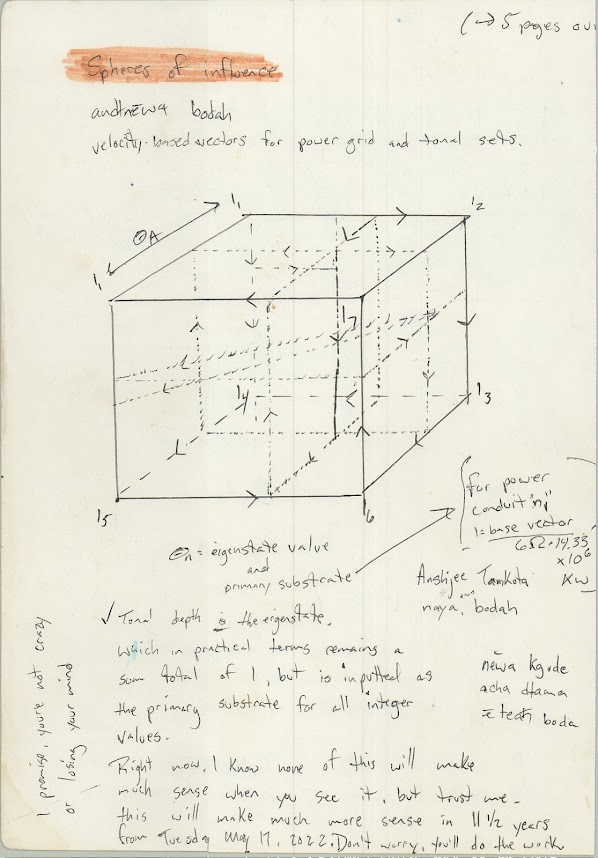




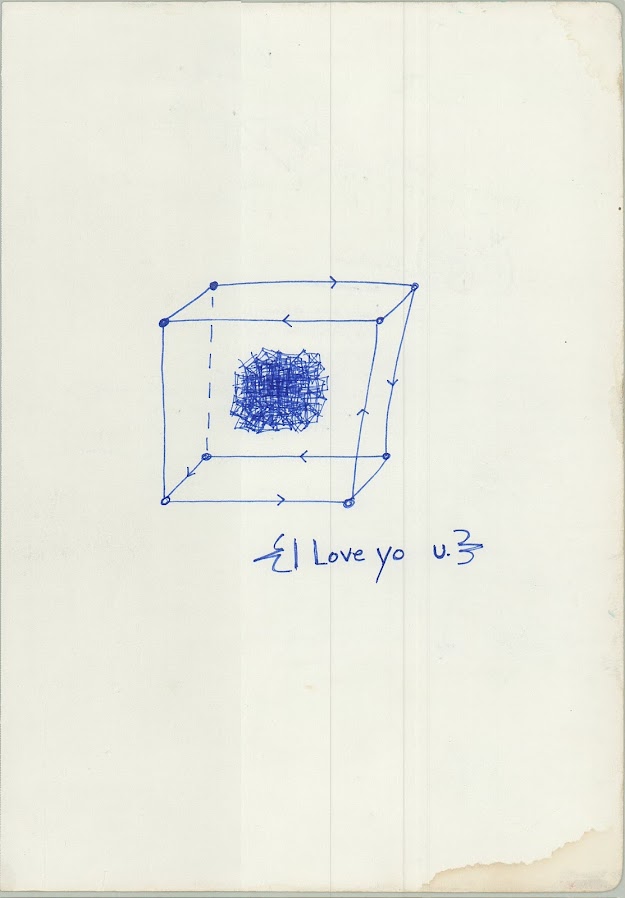






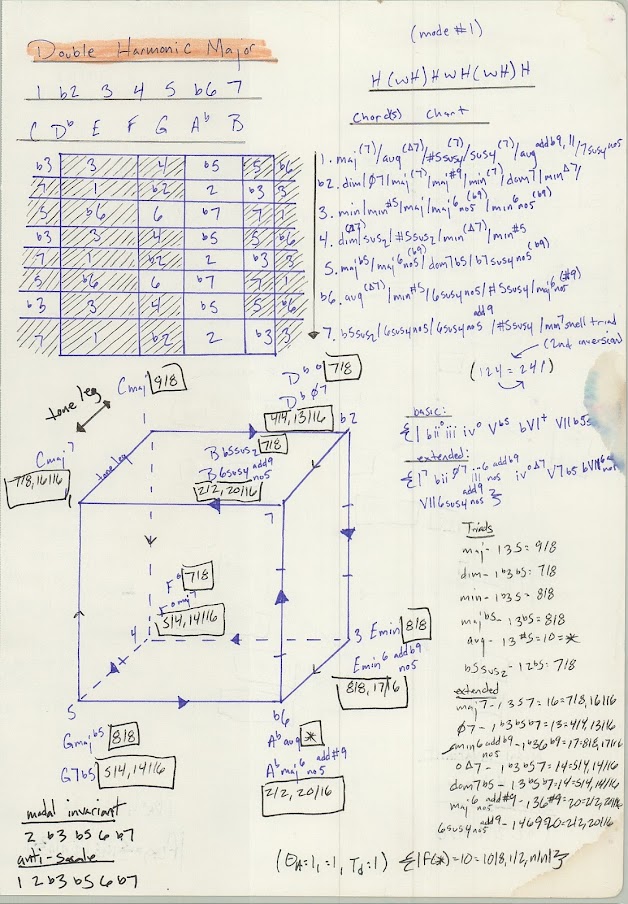












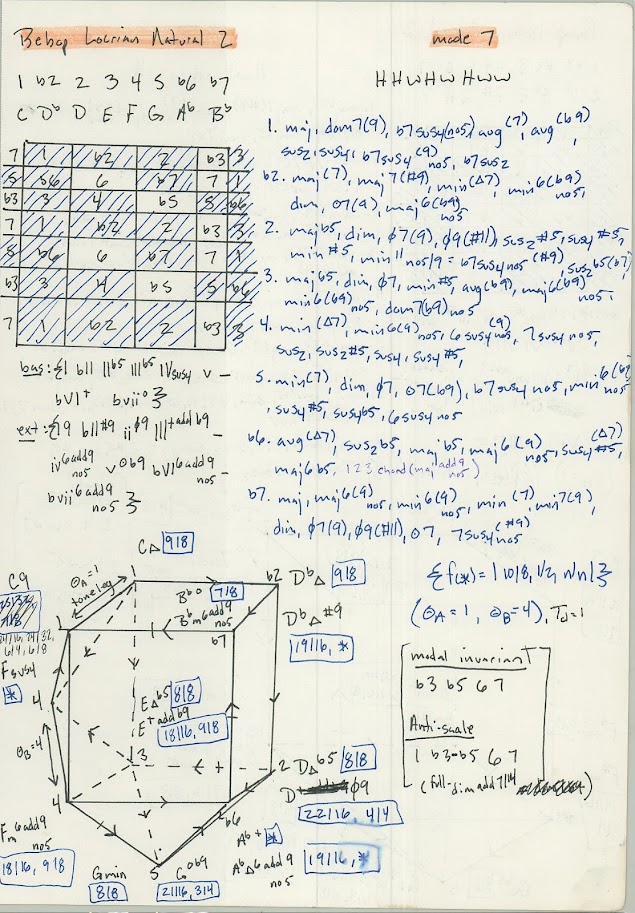
















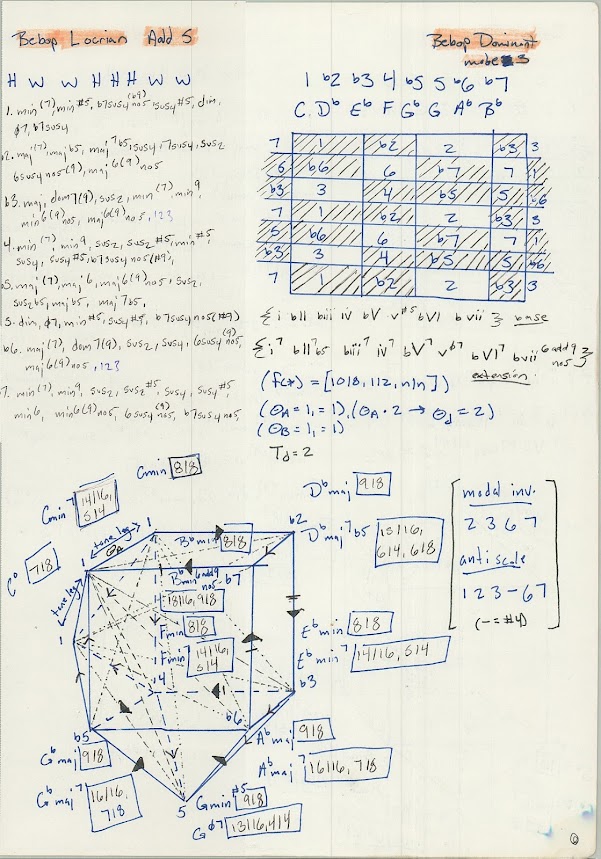






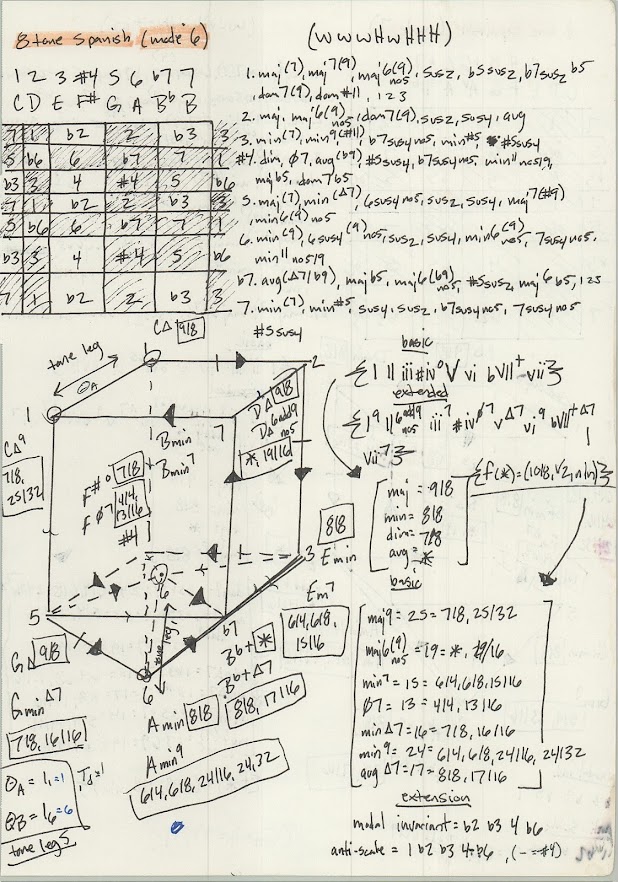








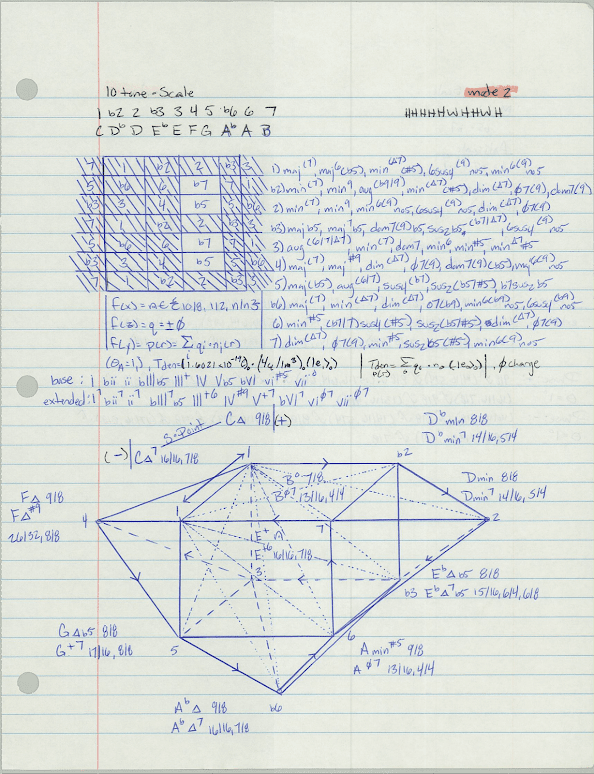



































Comments
Post a Comment